In today’s digital landscape, capturing leads effectively is more crucial than ever. One powerful strategy is using gated content to provide value while building your audience.
This approach not only highlights your expertise but also aligns with a content-focused marketing strategy.
These are legit lead generation methods. But there’s one you probably haven’t considered: gated content.
If you’re curious about what this means, or how it can transform your lead generation efforts, keep reading as we explore the pros and cons of gated content, along with best practices for success.
Skip to:

17% of marketers and business owners stated that gated content is their top-performing content. The proof is in the pudding, as gated content conversion rates are some of the highest among strategies.
- For instance, Photowebo increased conversions by 3806% simply by switching away from pop-ups and over to gated content.
Are you intrigued yet? Interested in adding gated content to your marketing mix? Let’s first explore what it is, its pros and cons, and how to use it to your advantage.
What is Gated Content?
Gated content is any online content you share in exchange for a lead’s contact information — usually their email address.
- The goal is to gain new email subscribers so that you can send them lead-nurturing emails in the future.
- That way, you can stay at the top of your mind and eventually convert leads into paying customers.
So, here’s how it works:
- A prospect visits your website.
- They come across content they might be interested in.
- However, they must fill out a lead capture form to access that content.
- Once they enter their name and email address and submit the form, they can now access the content.
So, what type of content is so interesting that it makes people want to give out their email? Think of ebooks, guides, white papers, reports, or webinars.
And what do all these pieces of content have in common? They provide value by educating your target audience.
They go beyond marketing and promotion and aim to help leads solve a problem or get an answer to a burning question.
Here’s an example of gated content from Wordable that offers four hours of free training on SaaS growth in exchange for an email address.
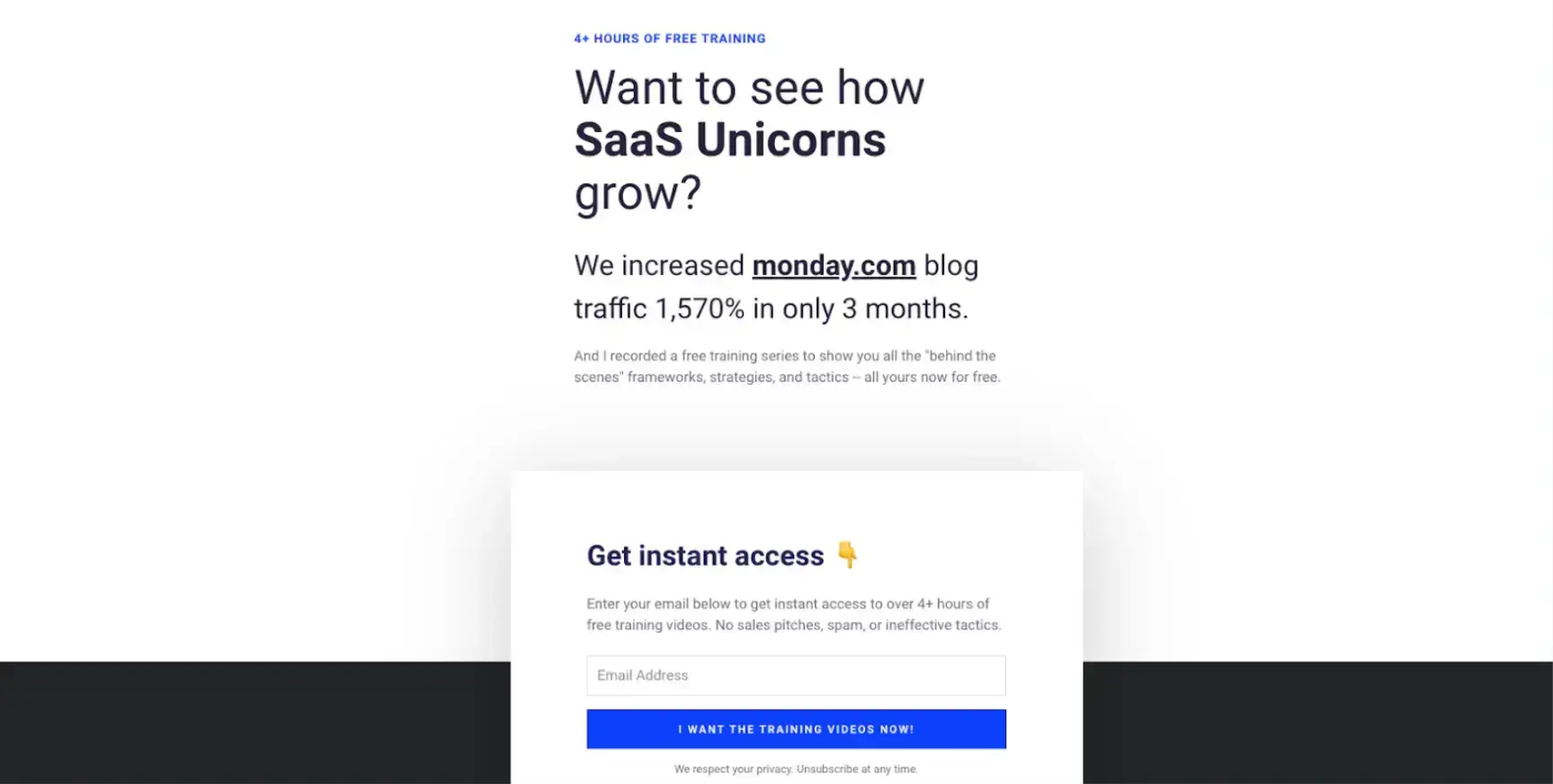
This does two things.
- It communicates to leads that you’re not just trying to sell your product. You’re actually trying to be a valuable resource for whatever they need help with.
- It builds trust so that eventually, whenever they’re ready to purchase, your brand will be at the top of their minds.
No one likes to be sold to, especially at the first touchpoint. So, gated content helps you slowly ease your audience into your offerings by providing valuable information or resources.
That way, you can build trust and establish credibility before selling.
It’s important to note that gated content doesn’t necessarily have to be written or in video form. It can also be immersive or interactive.
If you’ve ever used a software-as-a-service (SaaS) product, you’re probably familiar with requesting a demo.
The demo is gated content. You are required to sign up to access the demo. Consider BambooHR software. Leads must fill out a form to try it out.

Gated Content: Pros and Cons
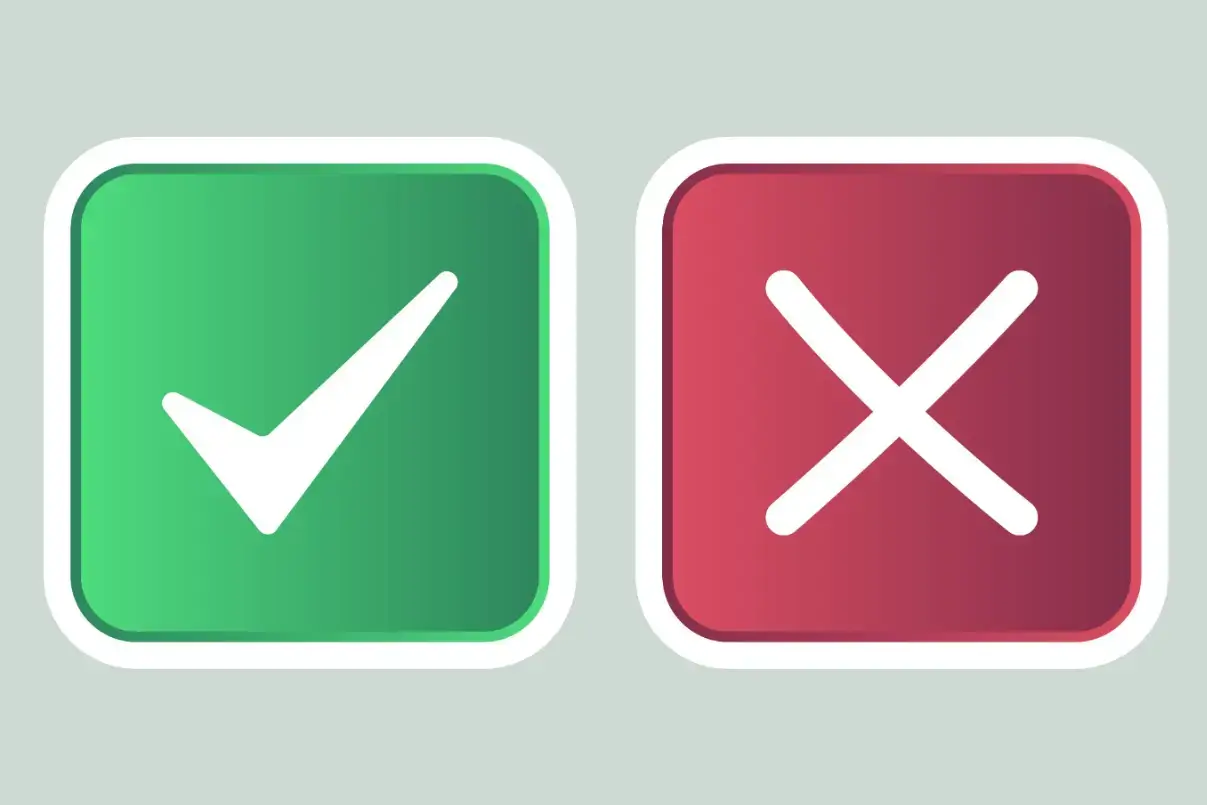
Gated content has its advantages:
- Provides data to help you measure your performance across all gated assets
- Helps build your email list
- Generates new leads
- Establishes trust
While gated content is an invaluable digital marketing strategy, it isn’t always effective. Here’s why.
- It may not always result in accurate contact information because some leads won’t fill out the form properly
- It has limited reach since search engines can’t index content
- It needs time and effort to get it right
Best Practices for Using Gated Content
Now that you’re familiar with gated content, let’s discuss some best practices for getting more leads and building your email list.
-
Segment your audience
One of the worst things you can do is share content with an uninterested audience. It can negatively impact your conversions.
Segmenting your audience can help you keep your content focused and relevant, especially if you offer multiple products or services.
For example, HubSpot, a marketing automation platform, targets small to medium-sized businesses (SMBs) and enterprises.
So, it probably wouldn’t share the same gated content with its enterprise audience as its SMB leads.
Take a look at this case study that HubSpot shares on its landing page for its Starter Customer Platform geared toward small businesses.
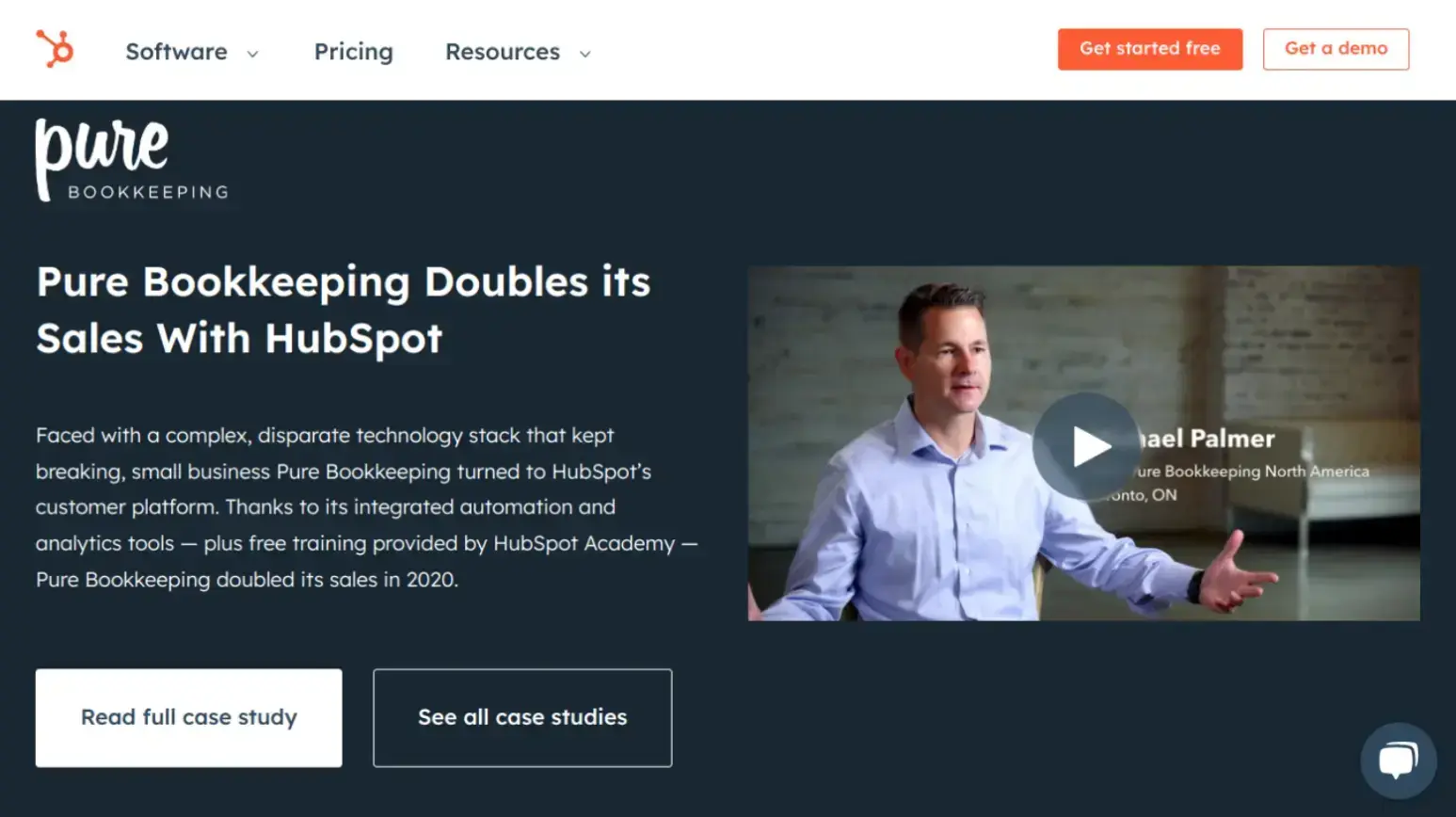
Now, check out this case study for the enterprise audience as HubSpot promotes its Enterprise Customer Platform.
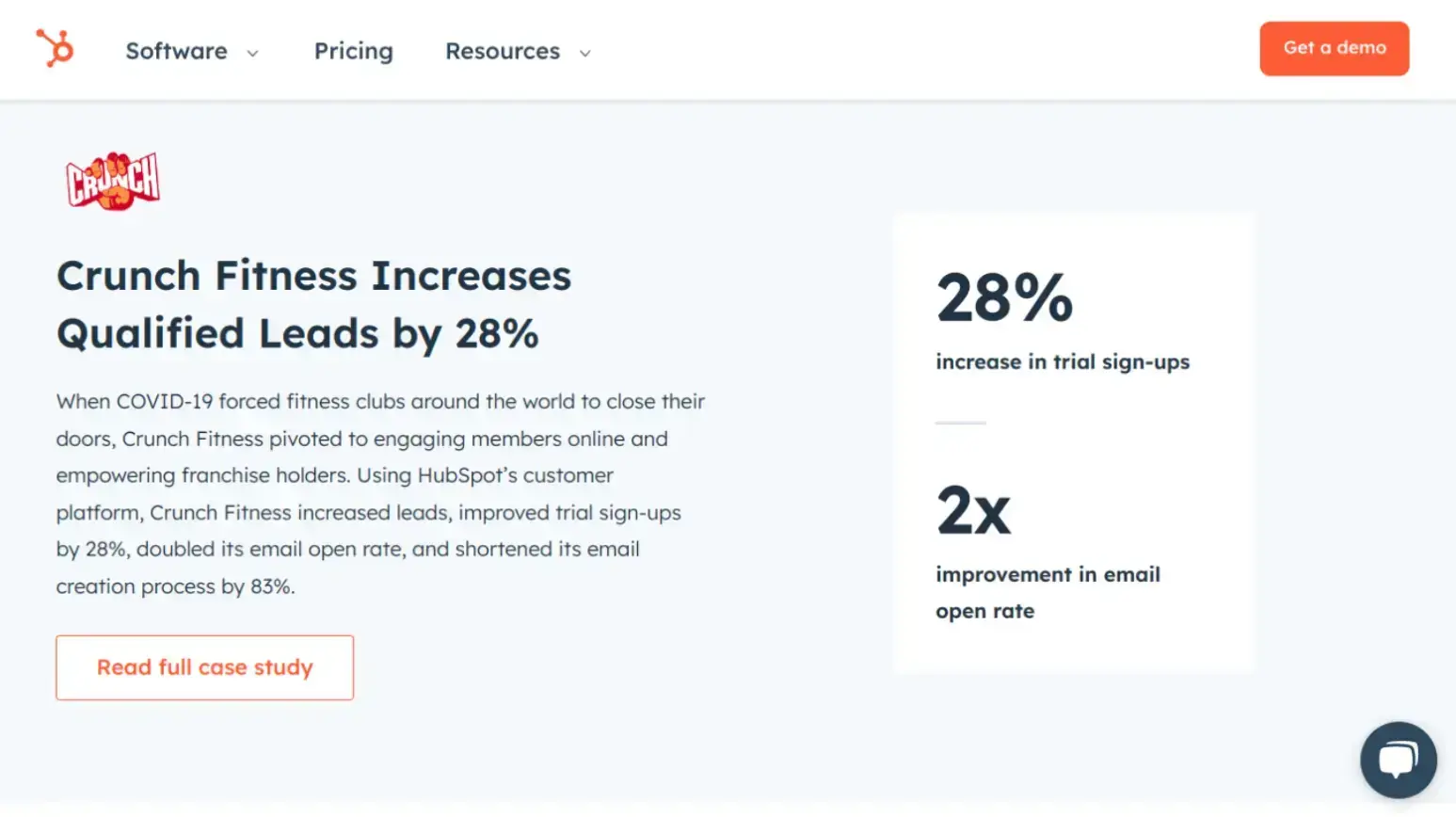
This is a great example of tailoring gated offerings to different audience segments based on their interests and preferences.
As a result, HubSpot can ensure its content resonates with each audience segment and increases the likelihood of a conversion.
In short, knowing your audience is critical to offering the right gated content.
For example, suppose you know that a large portion of your audience has visual impairments.
In that case, you can use TTS technology in your gated content to enhance accessibility, where users can listen to content on the go.
Know your audience and tailor your content to meet their needs — the leads will come rolling in.
-
Use clear, compelling calls-to-action (CTAs)
A lead who doesn’t know what to do when they land on your blog posts is a lead lost.
So, communicate the specific action you want them to take with a clear CTA. Users should know what to expect when they click through.
Use action verbs, such as “Download,” “Access,” “Get,” or “Claim.” Instill a sense of urgency by incorporating words or phrases such as “Now” or “Today.”
And make sure you prominently place your CTA on the landing page so that it’s easily visible and accessible. Consider placing it above the fold or at the end of the offer for maximum impact.
Always test your CTAs to hit your conversion rate goals. Through A/B testing, you can see which CTAs perform best to determine the most effective one for your audience.
So, what does a compelling CTA look like?
Check out this example from Mr. Plumber. The Atlanta-based plumbing service offers homeowners a newsletter with expert advice, helpful tips, DIY pointers, and money-saving promotions.
The CTA, “Schedule Now,” at the top of the landing page is clearly visible thanks to a colorful button.
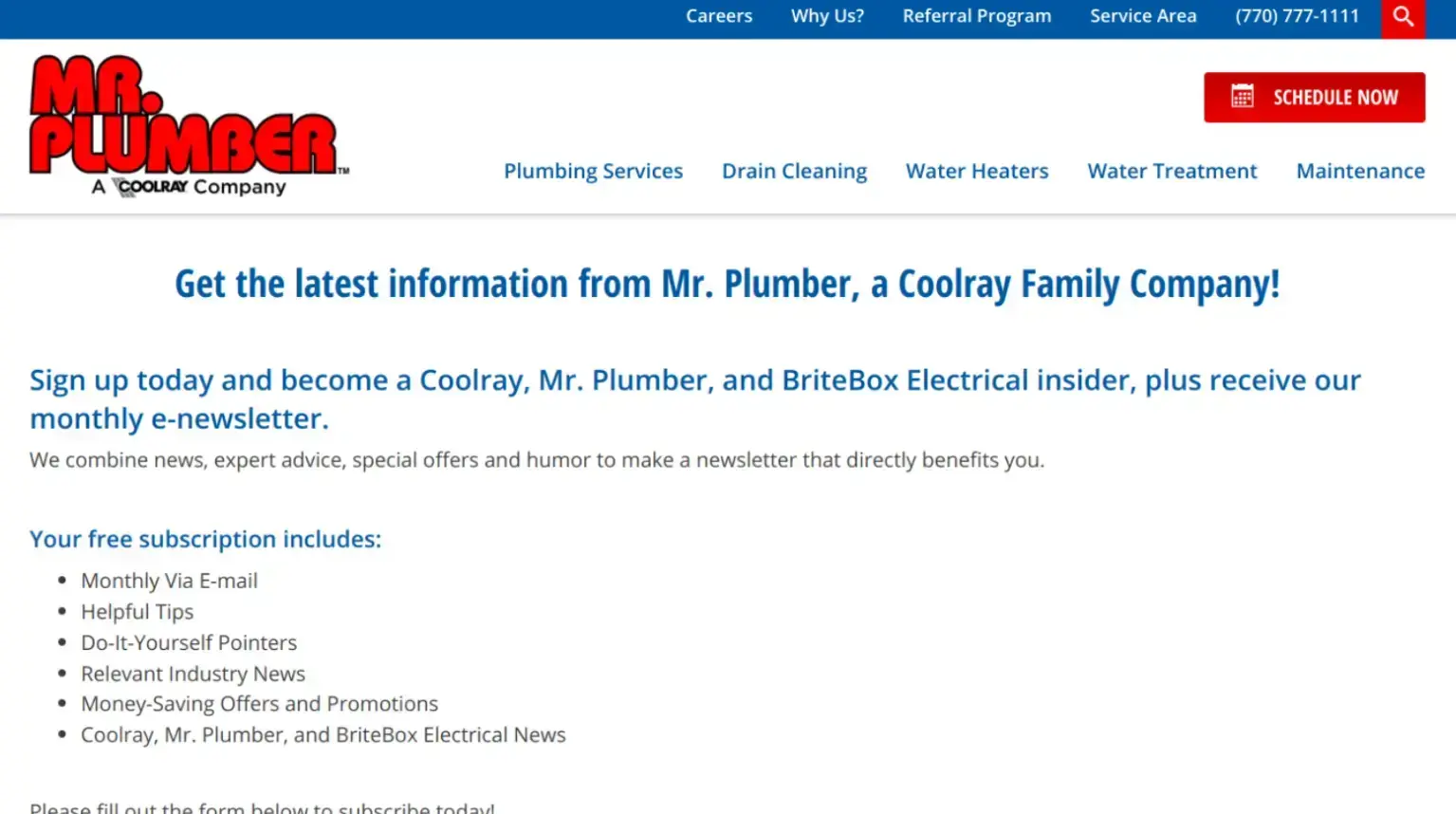
-
Make prospects an offer they can’t refuse
In theory, offering prospects valuable information in exchange for their contact information may sound good.
But in practice, it’s not always that simple. Some people are reluctant to share their private information. They don’t want to receive spammy or promotional emails that don’t benefit them.
While many businesses actually do want to provide value, many companies have given promotional emails a bad rap.
So, what’s the best way to convince your target audience that you mean business?
Make them an offer they can’t refuse. Maybe it’s exclusive content. Give them something so good that they’ll be dying to give you their email address so they can get their hands on it.
To do this, you must first have a good understanding of what your prospects care about. Let’s look at an example. A wholesale frames store wants to generate new leads and boost conversions.
Its target audience is artists, photographers, and interior designers. So, the store owner decides to offer gated content such as:
- Ultimate Guide to Choosing the Right Frame for Your Artwork
- Behind the Scenes: The Art of Frame Making
- 10 Tips for Displaying Artwork Like a Pro
- Frame Design Trends for 2024
- DIY Frame Decorating Ideas
Offering this type of gated content establishes the frame store as a trusted resource in its industry. It’s a more subtle way of saying, “Shop with us.” Instead, it communicates the message, “Trust us.”
-
Develop a lead nurturing strategy
Capturing emails is one thing. But being able to maintain your subscribers is another. This process involves engaging with leads who have accessed your gated content.
Follow up with personalized email sequences, additional resources, or invitations to relevant events or webinars. This will help you further build relationships and move leads down the sales funnel.
-
Map content to buying stage
Just like you’d want to segment your audience based on their interests and needs, you also want to tailor your content to different stages of the buyer’s journey:
- Awareness
- Consideration
- Decision
For example, in the awareness stage, when a prospect is just discovering that they have a problem, you can offer guides, checklists, interactive infographics, toolkits, ebooks, or other resources.
- This content helps educate them about the topic and provides potential solutions to their problems. It also positions you as a thought leader and authority in your industry.
Take the Beaches of Normandy Tours, for example. Imagine they gather informative articles like “The Utah Beach Museum” or “The Liberation of Paris.”
- These topics likely attract visitors genuinely interested in World War II history. Gating content establishes them as a reliable source of WWII knowledge, building trust and brand awareness.
During the consideration stage, buyers compare your solution to competitors. To stand out, offer gated content like case studies, webinars, and comparison sheets.
For example, Henry Meds could share insights on the cost of semaglutide, a weight loss drug. This aligns with a 'content-focused' strategy, emphasizing high-value information.
If you're wondering, what does 'content focused' mean? It refers to creating relevant content that addresses specific user needs and drives engagement.
At the decision stage, eliminate doubts with product demos, free trials, or quotes. Use gated forms for personalized demos from Wiz.
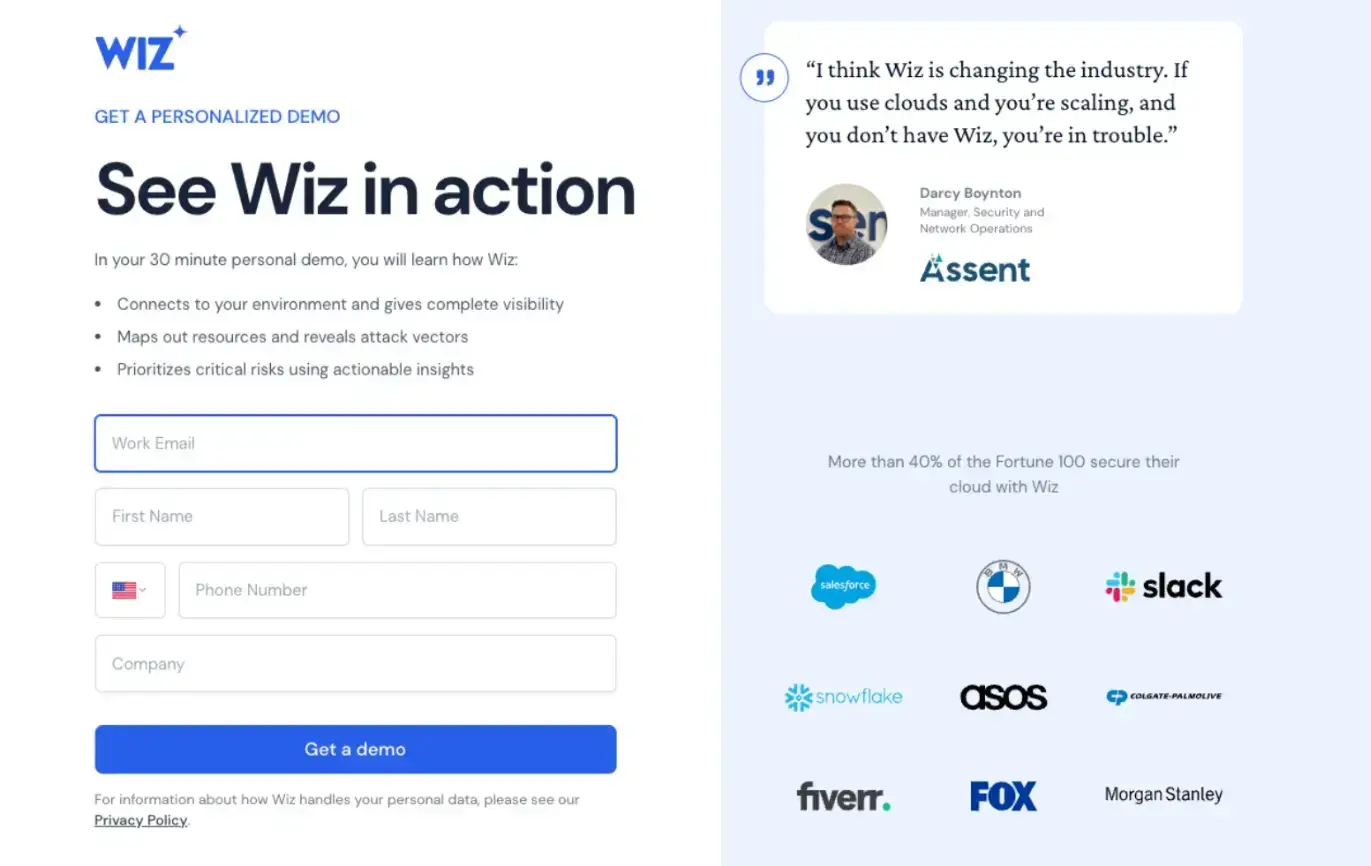
FAQ
1. What is gated content?
Gated content refers to high-value content that users can access only after providing personal information, such as an email address.
2. How does gated content help with lead generation?
It collects valuable user information, allowing businesses to build an email list and nurture leads.
3. What are the pros and cons of gated content?
Pros: Helps generate leads and qualify prospects.
Cons: Limits the content's audience and SEO potential.
4. What types of content can be gated?
Ebooks, webinars, whitepapers, research reports, and case studies are commonly gated content.
5. What does 'content-focused' mean in marketing?
Being 'content-focused' means prioritizing valuable, relevant content that engages your audience, often driving them to take action.
6. How can I make gated content more effective?
Ensure that your content offers significant value, is relevant to your audience, and is promoted strategically to target the right users.
Wrap Up
Regarding lead generation, adding gated content to your marketing strategy is a must. When people know they’re getting something of value, they’re more likely to engage with your brand and share their content information.
But remember that there’s an art to gated content. Providing helpful content isn’t enough.
You must know how to sell it and make it appealing to your target audience. So, how will you incorporate gated content into your marketing strategy?
Author Bio
Guillaume is a digital marketer focused on handling the outreach strategy at uSERP and content management at Wordable. Outside of work, he enjoys his expat life in sunny Mexico, reading books, wandering around, and catching the latest shows on TV.



